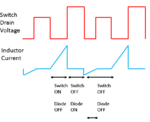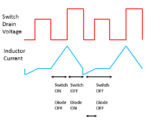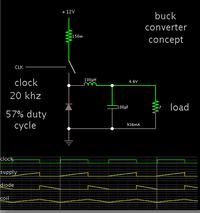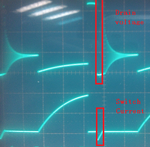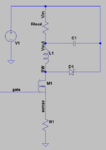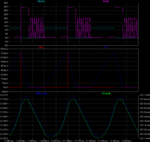flightback
Newbie level 3

- Joined
- Jan 14, 2013
- Messages
- 4
- Helped
- 0
- Reputation
- 0
- Reaction score
- 0
- Trophy points
- 1,281
- Activity points
- 1,316
In a buckmode (low-side switch) converter constructed, we encounter a weird problem.
There is a fourth state between diode conduction zone (switch off, diode on) and dead zone (switch off, diode off) as shown in the attached illustration. This significantly harms the converter's efficiency. And we have no clue why this is happening. Any help would be appreciated.
There is a fourth state between diode conduction zone (switch off, diode on) and dead zone (switch off, diode off) as shown in the attached illustration. This significantly harms the converter's efficiency. And we have no clue why this is happening. Any help would be appreciated.
Attachments
Last edited:
